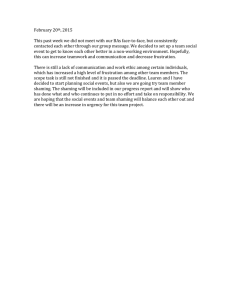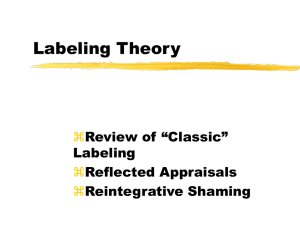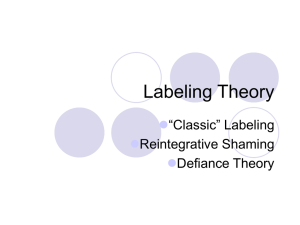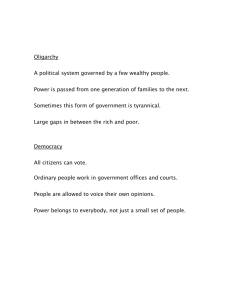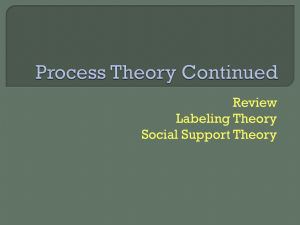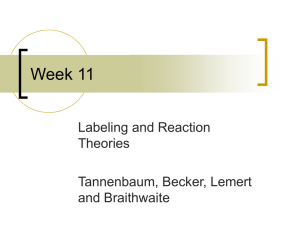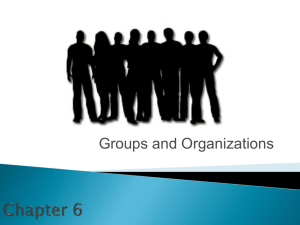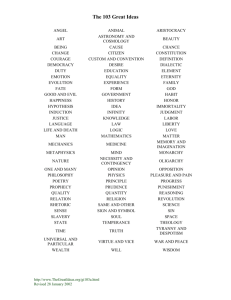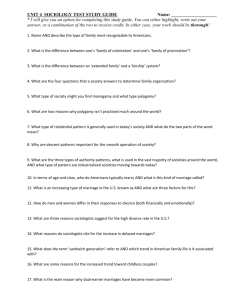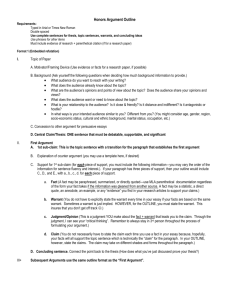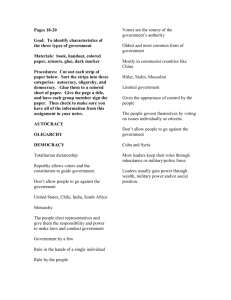SOC 2000 EXAM #2 STUDY GUIDE FOR READINGS Fall 2014 Prof
advertisement
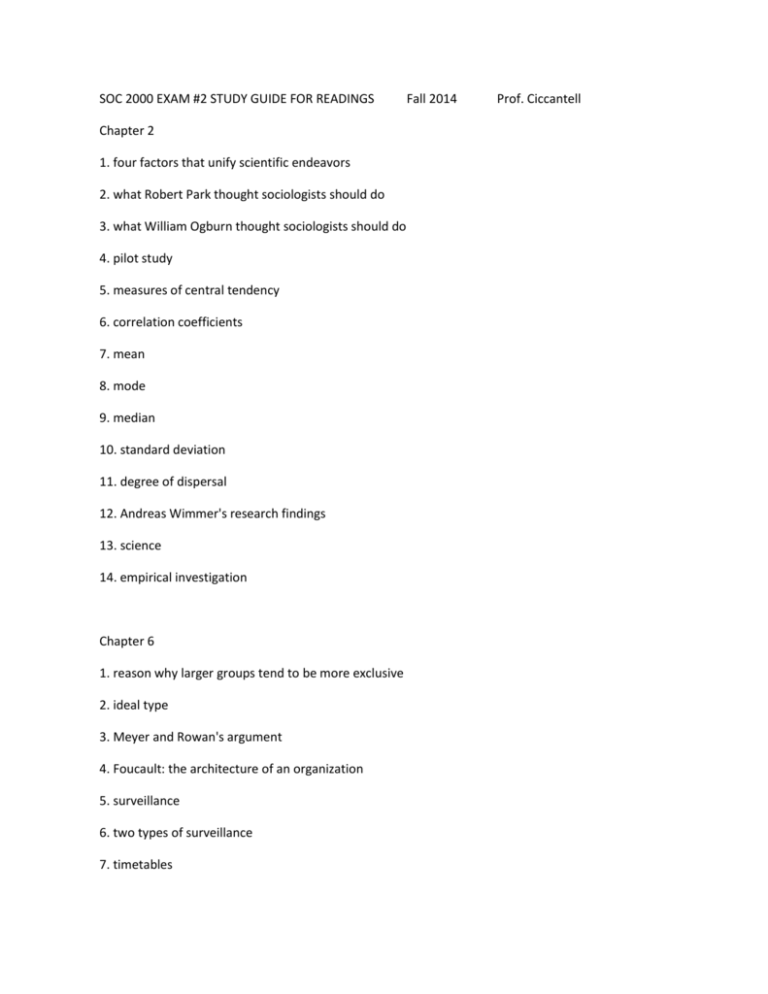
SOC 2000 EXAM #2 STUDY GUIDE FOR READINGS Chapter 2 1. four factors that unify scientific endeavors 2. what Robert Park thought sociologists should do 3. what William Ogburn thought sociologists should do 4. pilot study 5. measures of central tendency 6. correlation coefficients 7. mean 8. mode 9. median 10. standard deviation 11. degree of dispersal 12. Andreas Wimmer's research findings 13. science 14. empirical investigation Chapter 6 1. reason why larger groups tend to be more exclusive 2. ideal type 3. Meyer and Rowan's argument 4. Foucault: the architecture of an organization 5. surveillance 6. two types of surveillance 7. timetables Fall 2014 Prof. Ciccantell 8. Granovetter's role of weak ties 9. women's job market networks 10. McDonaldization of society 11. personal taste and the influence of social networks on musical choices 12. obesity as "contagious" 13. iron law of oligarchy 14. oligarchy 15. information and communication technology 16. effects of telecommuting 17. network enterprise 18. enterprise web 19. advantages of networked organizations Chapter 7 1. Kai Erikson's conclusion in Wayward Pilgrims 2. most common victims of murder and other violent crimes 3. chivalry thesis 4. reason why women may receive harsher treatment than men in the criminal justice system 5. gender contract 6. women's groups' efforts to change legal and public thinking about rape 7. cybercrime 8. the country that locks up more people per capita than any other country 9. effects of prison on offenders 10. role of police as "knowledge workers" 11. community policing 12. shaming 13. stigmatizing shaming 14. reintegrative shaming
